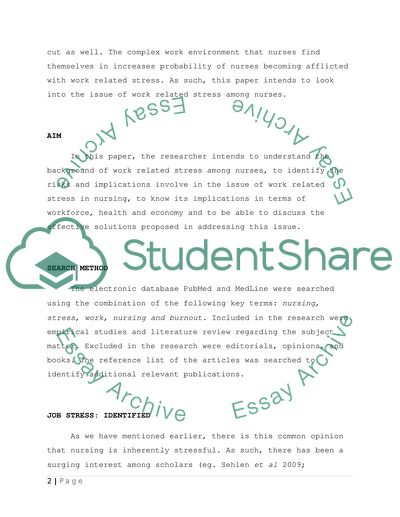Cite this document
(Work Stress among Nurses Research Paper Example | Topics and Well Written Essays - 4000 words, n.d.)
Work Stress among Nurses Research Paper Example | Topics and Well Written Essays - 4000 words. Retrieved from https://studentshare.org/nursing/1726179-work-related-stress-in-the-healthcare-setting
Work Stress among Nurses Research Paper Example | Topics and Well Written Essays - 4000 words. Retrieved from https://studentshare.org/nursing/1726179-work-related-stress-in-the-healthcare-setting
(Work Stress Among Nurses Research Paper Example | Topics and Well Written Essays - 4000 Words)
Work Stress Among Nurses Research Paper Example | Topics and Well Written Essays - 4000 Words. https://studentshare.org/nursing/1726179-work-related-stress-in-the-healthcare-setting.
Work Stress Among Nurses Research Paper Example | Topics and Well Written Essays - 4000 Words. https://studentshare.org/nursing/1726179-work-related-stress-in-the-healthcare-setting.
“Work Stress Among Nurses Research Paper Example | Topics and Well Written Essays - 4000 Words”, n.d. https://studentshare.org/nursing/1726179-work-related-stress-in-the-healthcare-setting.


